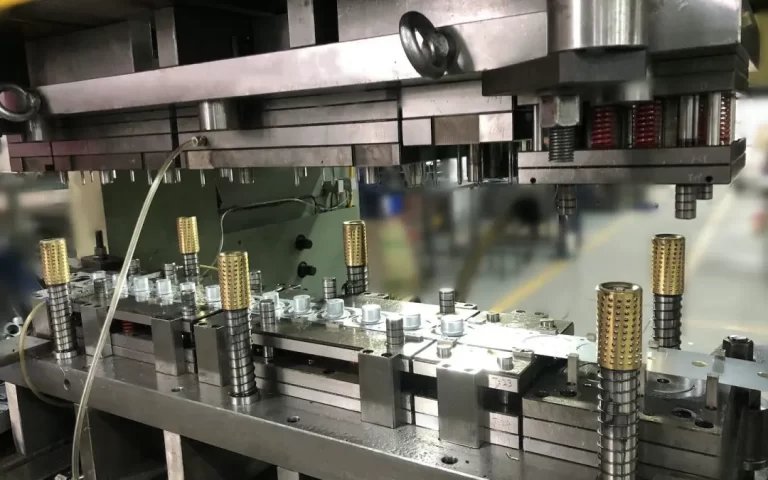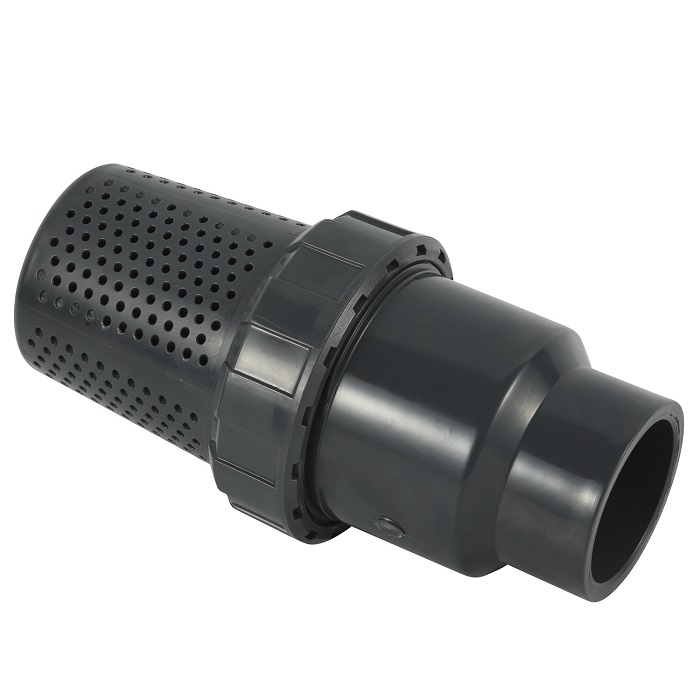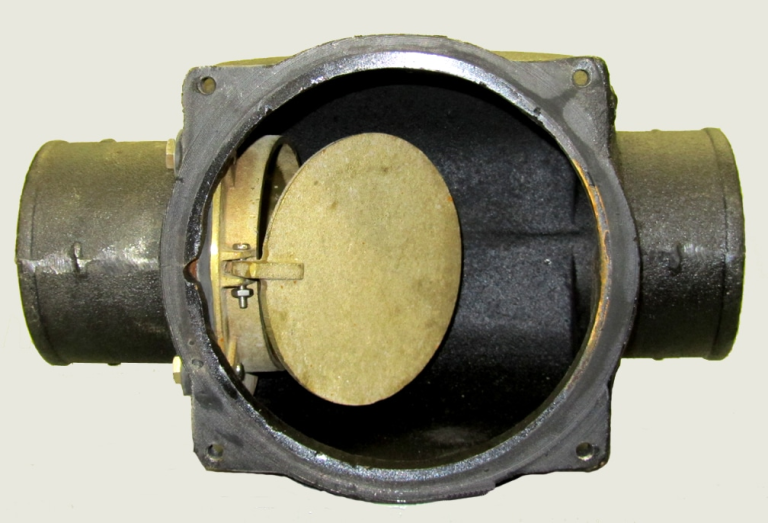Understanding Scaffolding: A Critical Component of Construction Safety
Scaffolding is a temporary structure used to support workers and materials during construction and maintenance tasks. It provides essential access to heights and boosts job site efficiency. This article examines the various types of scaffolding, their benefits, and their connection to geotextiles.

What are the main scaffolding types?
Types of scaffolding include supported, suspended, and rolling scaffolding, each designed for specific project requirements based on height and access.
What advantages does scaffolding provide?
Scaffolding significantly enhances safety by offering stable platforms for workers, thereby minimizing fall risks and improving workflow efficiency. It facilitates the easy movement of materials and tools, potentially reducing project duration.
How do geotextiles complement scaffolding setups?
Geotextiles enhance scaffolding by reinforcing site stability and drainage capabilities. They help prevent soil erosion and establish a solid foundation for scaffolding in challenging ground conditions.
What safety measures should be in place?
Crucial safety measures include proper installation, regular inspections, compliance with load limits, and providing personal protective equipment. Educating workers on safety practices is essential for minimizing risks.
In summary, scaffolding is a crucial aspect of the construction process, ensuring safety and efficiency. By understanding its various types, benefits, and the role of geotextiles, project managers can refine their approaches while upholding high safety standards.


